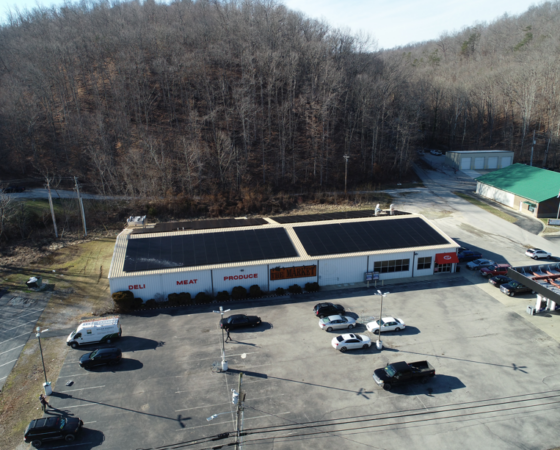As the country continues to battle with tough economic conditions, projects that aim to jump start the sluggish economy continue to catch the attention of policymakers. With the Cash for Clunkers program held up as one of the most visible outcomes of the stimulus for everyday Americans, buzz about additional stimulus opportunities is beginning to spread. The New York Times ran a column by David Leonhardt in November (LINK) detailing some of the supporters of expanded weatherization programs’ plans for encouraging the Obama Administration to include residential retrofitting as part of a possible 2010 job creation program.
Silicon Valley venture capitalist John Doerr has called it the “Cash for Caulkers” program, stressing the feasibility of homeowners saving money over several years for relatively modest upfront investments in the efficiency of their homes. The traditional thinking has been that low residential electricity prices in places like Kentucky and West Virginia has kept homeowners from installing long-term energy-saving measures because of the upfront costs associated with installing insulation or energy-efficient appliances. However, as electricity prices continue to increase, homeowners across the region are expressing interest in such efficiency measures.
According to the American Housing Survey conducted by the U.S. Census Bureau, over 60% of American houses were built prior to 1980. These older homes provide an excellent opportunity for realizing energy and cost savings through retrofits, and putting building trades workers back into jobs after a slowdown in the housing construction industry.
A program launched by Governor Beshear’s Administration in February 2009 seeks to provide information and assistance to improve Kentucky’s housing stock. Called the Clean Energy Corps, the target is to improve the energy efficiency of 10,000 modest-income homes statewide. Drawing on resources made available through the American Reinvestment and Recovery Act, as well as an increased understanding among homeowners of the potential cost savings associated with investing in a house’s energy efficiency, the Clean Energy Corps hopes to help Kentuckians save money and save energy through installing efficiency measures in homes throughout the state. The first class of 46 energy auditors is currently participating in training programs throughout Kentucky, as part of the Weatherization Assistance Program.
By looking to make energy efficiency installations less complicated for Kentucky’s homeowners, the Clean Energy Corps can help put Kentucky in a good position to capitalize on any Cash for Caulkers program in the near future, while lowering energy costs for Kentuckians starting now. As the era of cheap electricity looks like it’s drawing to a close, homeowners everywhere will be looking for ways to increase efficiency and save money.






